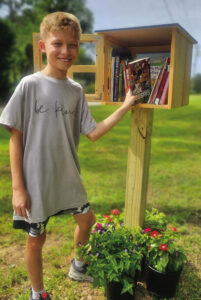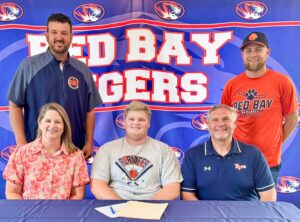Checklist of summer lawn and garden chores
By By Steve Strong / area horticulture extension agent
Aug. 28, 2002
Late August stifling heat and humidity normally puts a damper on garden planting. But there is still plenty to do between rain showers to get ready for fall.
The tail end of summer is a great time to winterize home lawns and to prepare garden soil for cool season flowers and vegetables.
Fertilizer varies
Deciding which type of fertilizer is best for winter protection of your lawn depends on the kind of turf you have. The most important thing to remember about "winterizing" lawns and ornamentals is that nitrogen fertilizers should not be used on plants (turf, trees and shrubs) that are trying to go dormant for the winter months.
Nitrogen will always be the first element listed on bags of blended fertilizers if they contain nitrate (8-8-8, 34-0-0), and is responsible for stimulating plants to grow new shoots.
Use nitrate fertilizers only on fall garden crops or over-seeded ryegrass lawns that will require the nitrate for new growth during fall and winter.
Winterizing fertilizers generally contain little or no nitrogen, but instead have some percentage of phosphorus and/or potassium, the last two numbers in fertilizer blends (0-20-20, 0-0-60). The numbers are equal to the percent concentration of each element in the fertilizer, and the higher the number, the less of that formula is needed to apply for the same results.
How much to apply truly depends on the current fertility levels in the soil, and the best way to find out is with a soil test. Soil analyses are just $6 per pint sample tested through the Mississippi State University Extension Service, and you can contact the Lauderdale County office at 482-9764 for more information on sampling methods.
Differences in turfgrass
Differences exist between certain types of turfgrass like centipede, which favors a lower soil pH of 5.5 to 6.0 and a low phosphorus level (the middle number close to zero), versus St. Augustine that may require periodic liming for its preferred pH of 6.0 to 7.0 and moderate fertilizing with a complete blend.
Centipede grass is a light feeder, and may need only a small dose of potassium for winter protection, while other turfs like Bermuda or Zoysia may also require phosphate in addition to potash (iron is a great choice for greening up any turf without pushing new growth). Only the soil test can tell for sure, and analyzing the soil in new beds is especially important.
Helping the garden out
Late summer is the perfect time to amend garden sites with composted humus and other organic matter. Stuff that is either too woody (sawdust) or too green (grass clippings or fresh manure) should be tilled several weeks ahead of planting to allow for complete breakdown in the soil.
Only a few inches of soil amendment should be added at one time to garden beds, the equivalent of 3 to 4 inches of organic matter per 1-foot depth of soil. Lime will probably be needed for most of our acid soils in this area to boost the soil pH and promote fertilizer uptake by winter pansies and vegetables.
For folks with winter weed problems, wait until the end of September to apply a pre-emergent herbicide to kill winter weeds as they begin to sprout from seeds. Keep in mind that most weed-feed products contain not just pre-emerge herbicide for weed killing, but also contain nitrogen that is not desirable for turf going into winter dormancy.
Nitrogen used to promote fresh growth at the wrong time can actually make winter freeze damage worse and can also promote turf disease during the cool wet periods of fall and spring. Take it easy with the fertilizer this fall, and take a break from the pruning shears until sometime after Christmas.










